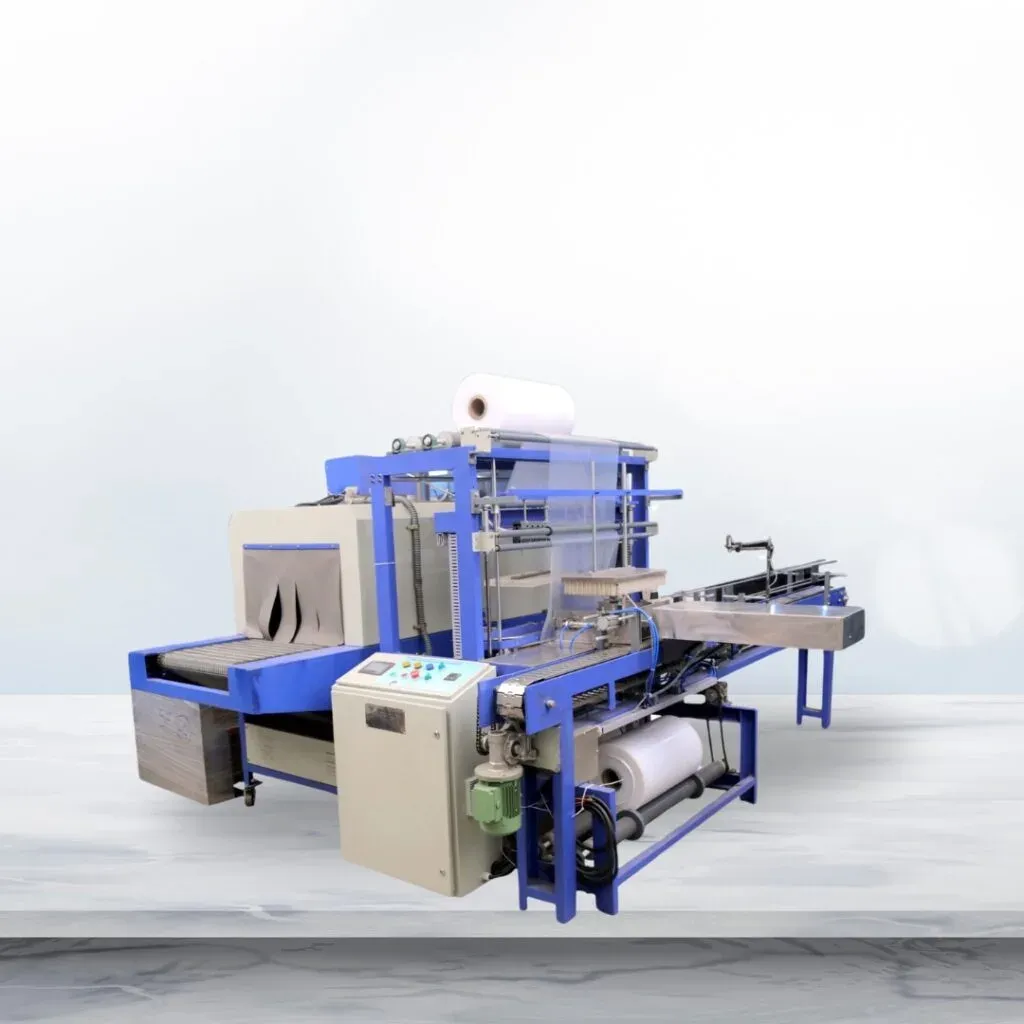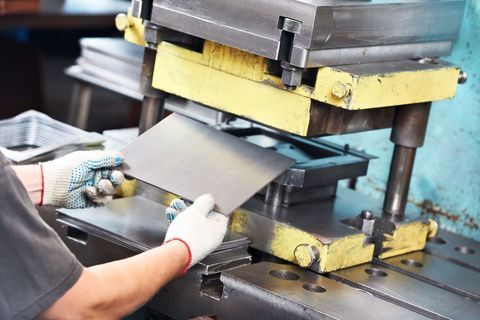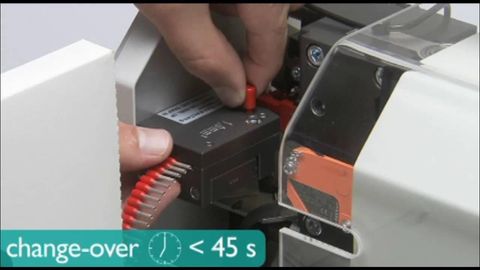Shrink wrapping emerged as a packaging innovation in the mid-20th century, evolving from manual methods to fully automated systems. Today’s machines integrate smart sensors, conveyor automation, and adjustable heat tunnels that adapt to different product sizes. By using automated systems, industries minimize human error and speed up production lines while maintaining consistent quality standards.
Automation technology has made these machines crucial for businesses aiming for precision, hygiene, and efficiency. Whether wrapping individual bottles or grouping multiple products, automated shrink wrappers play a vital role in modern packaging operations.
Why Automated Shrink Wrapping Machines Matter
In today’s production environment, speed, hygiene, and sustainability are key. Automated shrink wrapping machines address several industrial challenges:
-
Efficiency: They streamline packaging lines, reducing manual labor and improving throughput.
-
Product Protection: Shrink film shields goods from moisture, dust, and contamination during transport.
-
Brand Presentation: Transparent wrapping enhances visibility while maintaining a neat and uniform appearance.
-
Waste Reduction: Newer systems optimize film use, reducing packaging waste and environmental impact.
-
Compliance: Many industries must meet safety and hygiene standards that automated wrapping helps maintain.
Automated shrink wrapping also contributes to sustainability goals. Modern systems are compatible with recyclable and biodegradable films, aligning with eco-conscious production strategies.
Industries such as food and beverage, pharmaceuticals, electronics, and consumer goods benefit from consistent sealing quality, longer shelf life, and reduced product returns caused by packaging damage.
Recent Developments and Trends in Shrink Wrapping
In recent years, the global packaging market has witnessed significant advancements in automation and sustainability. According to market reports from early 2025, the automated shrink wrapping sector is expected to grow steadily due to increasing demand for efficiency and reduced operational downtime.
Key trends include:
-
Sustainable Films (2024–2025): Manufacturers are developing recyclable and compostable shrink films to reduce plastic waste.
-
IoT-Enabled Machines (Since 2024): Integration of sensors and cloud monitoring systems allows real-time diagnostics and predictive maintenance.
-
Energy Efficiency Improvements (2024): New designs use infrared heating systems that consume less power while maintaining precise heat control.
-
Compact Machine Designs (2025): Space-saving models are being adopted by small- and medium-sized enterprises.
-
Automation Integration: Many facilities now link shrink wrappers with robotic arms and conveyors for fully automated end-of-line packaging.
These updates reflect a broader shift toward smarter, greener, and more flexible packaging systems across industries.
Regulatory Framework and Industrial Standards
Automated shrink wrapping machines must comply with national and international safety and quality standards. Regulations vary by country, but several key guidelines ensure safe and sustainable operation:
-
ISO 11607: Specifies packaging validation for terminally sterilized medical devices.
-
CE Marking (Europe): Ensures that machinery meets EU safety, health, and environmental requirements.
-
OSHA Standards (United States): Regulates workplace safety, requiring machine guarding and operator training.
-
BIS Standards (India): Oversees industrial machinery safety and electrical compliance.
-
Environmental Policies: Many regions now require reduced energy consumption and use of recyclable materials.
Governments are encouraging manufacturers to adopt energy-efficient automation under programs such as India’s “Make in India” initiative and the EU’s “Green Deal.” These frameworks aim to balance industrial growth with environmental sustainability.
Helpful Tools and Resources
Professionals involved in packaging and manufacturing can access various tools, resources, and platforms to enhance understanding and optimize operations related to shrink wrapping systems:
| Category | Tool/Resource | Purpose |
|---|---|---|
| Technical Standards | ISO and ASTM websites | Reference for machine and material standards |
| Simulation Software | AutoCAD, SolidWorks | Used for layout and design of packaging lines |
| Monitoring Systems | Siemens TIA Portal, Rockwell Automation | Enables real-time control and diagnostics |
| Training Portals | Packaging World Academy, Coursera (Automation Courses) | Provides e-learning resources for packaging automation |
| Industry News | Packaging Strategies, Food Engineering Magazine | Updates on latest technologies and case studies |
Additionally, several packaging associations such as the Institute of Packaging Professionals (IoPP) and World Packaging Organisation (WPO) publish annual reports and webinars focused on trends and standards in shrink wrapping.
Frequently Asked Questions (FAQs)
1. What is the main function of an automated shrink wrapping machine?
It automatically wraps products in shrink film and applies heat to create a tight, protective seal, ensuring safety, hygiene, and presentation consistency.
2. Which industries commonly use these machines?
They are used across food and beverages, pharmaceuticals, electronics, cosmetics, and logistics sectors for both primary and secondary packaging.
3. Are shrink wrapping machines environmentally friendly?
Modern models are designed to use recyclable films and energy-efficient heating systems, making them more sustainable than older models.
4. How do I maintain an automated shrink wrapper?
Regular cleaning, calibration of heat tunnels, and inspection of moving parts ensure smooth operation and extended machine lifespan.
5. What’s the difference between semi-automatic and fully automatic systems?
Semi-automatic machines require manual product loading, while fully automatic systems integrate conveyors and sensors for complete automation with minimal human input.
Conclusion
Automated shrink wrapping machines represent a significant advancement in packaging technology, combining precision, safety, and sustainability. As industries continue to prioritize efficiency and environmental responsibility, these machines are becoming a cornerstone of modern production lines.
With ongoing innovations such as IoT integration, recyclable materials, and AI-driven maintenance systems, shrink wrapping is evolving beyond simple product protection it’s now part of a larger effort toward intelligent and sustainable manufacturing.
Understanding these systems, their benefits, and compliance requirements helps manufacturers stay competitive and environmentally conscious in a rapidly changing industrial landscape.






